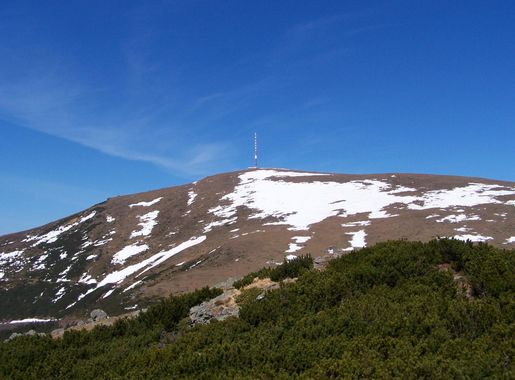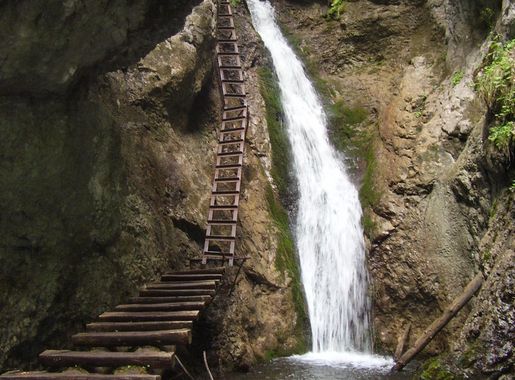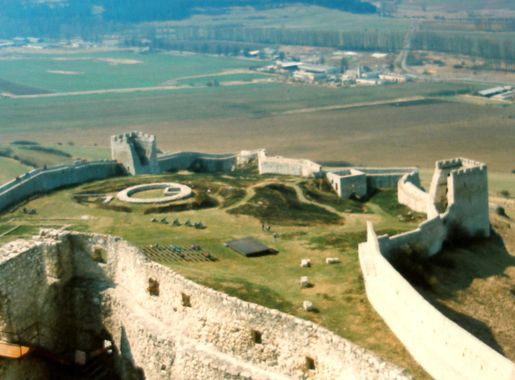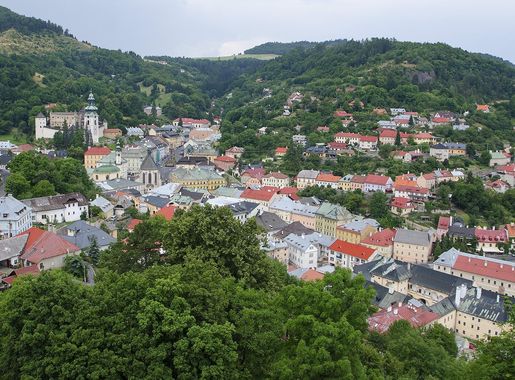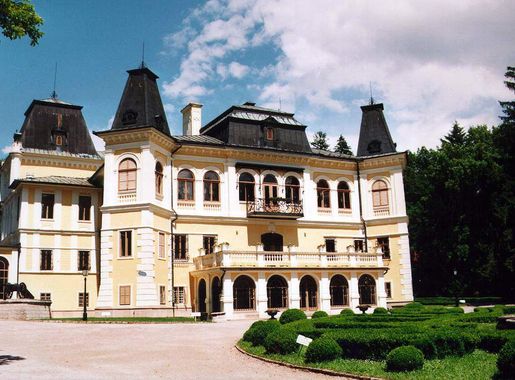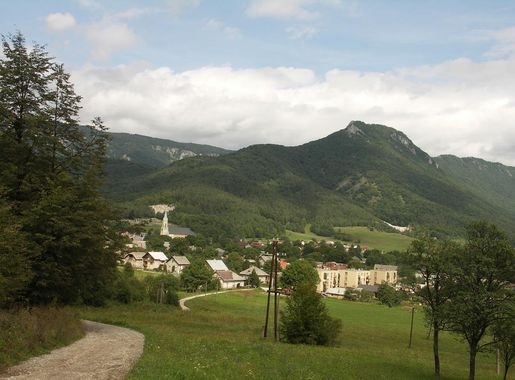
The Enchanting Slovak Ore Mountains
Discover the Slovak Ore Mountains: A captivating blend of natural beauty and historical charm, perfect for hiking, skiing, and exploring ancient mining towns.
The Slovak Ore Mountains, locally known as Slovenské rudohorie, are a hidden gem nestled in the heart of Slovakia. This stunning range is part of the Carpathian Mountains and offers a rich blend of natural beauty and historical significance. The area is adorned with lush forests, rolling hills, and quaint villages that seem to have been untouched by time. For nature enthusiasts, the Slovak Ore Mountains are a paradise. The region is home to numerous hiking trails that cater to all levels of experience. Whether you're a seasoned hiker or just looking for a leisurely walk, you'll find a path that suits your needs. Along the way, you'll encounter breathtaking views, serene lakes, and diverse wildlife. In the winter, the mountains transform into a snowy wonderland, perfect for skiing and snowboarding. History buffs will also find much to appreciate in this region. The Slovak Ore Mountains have a rich mining heritage dating back to the Middle Ages. You can explore old mining towns, such as Banská Štiavnica, which is a UNESCO World Heritage Site. Here, you can wander through narrow cobblestone streets, visit ancient churches, and learn about the area's mining history in local museums. The blend of natural and historical attractions makes the Slovak Ore Mountains a unique and captivating destination.
Local tips in Slovak Ore Mountains
- Carry local currency (Euros) as some small villages may not accept credit cards.
- Visit in autumn for the most vibrant foliage and fewer tourists.
- Check local weather forecasts before hiking, as conditions can change rapidly in the mountains.
- Try traditional Slovak dishes at local restaurants for an authentic culinary experience.
- Respect local customs and traditions, especially in smaller villages where cultural practices are still very much alive.
The Enchanting Slovak Ore Mountains
The Slovak Ore Mountains, locally known as Slovenské rudohorie, are a hidden gem nestled in the heart of Slovakia. This stunning range is part of the Carpathian Mountains and offers a rich blend of natural beauty and historical significance. The area is adorned with lush forests, rolling hills, and quaint villages that seem to have been untouched by time. For nature enthusiasts, the Slovak Ore Mountains are a paradise. The region is home to numerous hiking trails that cater to all levels of experience. Whether you're a seasoned hiker or just looking for a leisurely walk, you'll find a path that suits your needs. Along the way, you'll encounter breathtaking views, serene lakes, and diverse wildlife. In the winter, the mountains transform into a snowy wonderland, perfect for skiing and snowboarding. History buffs will also find much to appreciate in this region. The Slovak Ore Mountains have a rich mining heritage dating back to the Middle Ages. You can explore old mining towns, such as Banská Štiavnica, which is a UNESCO World Heritage Site. Here, you can wander through narrow cobblestone streets, visit ancient churches, and learn about the area's mining history in local museums. The blend of natural and historical attractions makes the Slovak Ore Mountains a unique and captivating destination.
When is the best time to go to Slovak Ore Mountains?
Iconic landmarks you can’t miss
Slovak Paradise National Park
Explore Slovak Paradise National Park, where breathtaking landscapes, thrilling trails, and serene nature await every traveler seeking adventure and beauty.

Slovak Karst
Explore the stunning natural wonders of Slovak Karst National Park, a UNESCO site filled with breathtaking landscapes and diverse wildlife.
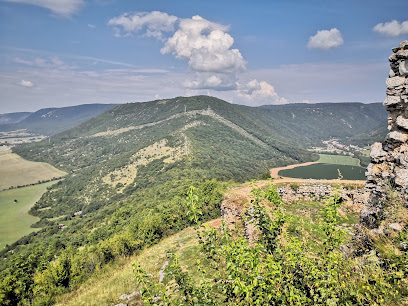
Slovak Paradise
Explore the stunning Slovak Paradise, a mountain range in Slovakia offering breathtaking landscapes, thrilling hikes, and unique natural wonders.
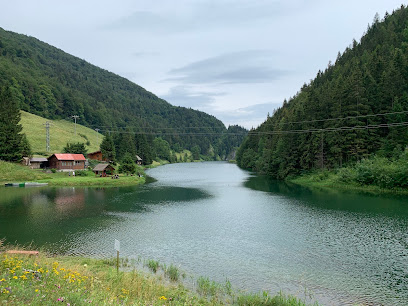
Tatra National Park
Experience the breathtaking beauty of Tatra National Park, a stunning natural gem in Slovakia known for its majestic mountains and diverse wildlife.
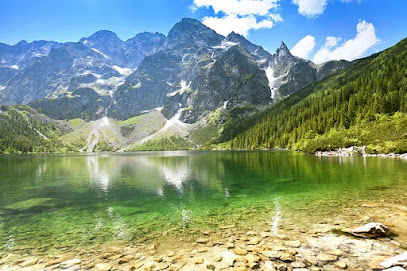
Great Sokol, Slovak Paradise National Park
Discover Great Sokol in Slovak Paradise National Park - a nature lover's paradise with stunning trails, diverse wildlife, and breathtaking landscapes.
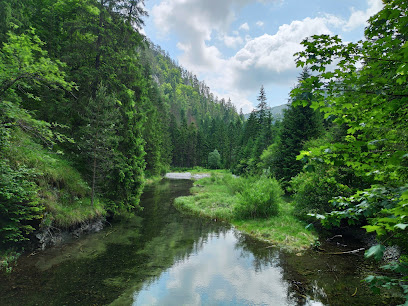
Huta Etelka
Discover the historical charm of Huta Etelka in Slovakia, a captivating landmark that brings the region's rich heritage to life amidst stunning landscapes.
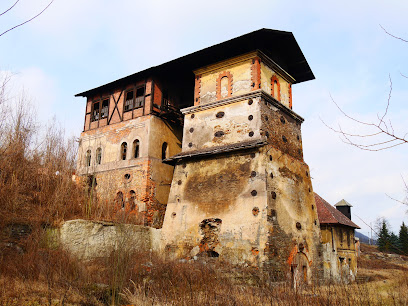
Unmissable attractions to see
Slovak Paradise National Park
Explore the breathtaking Slovak Paradise National Park, a natural wonder filled with stunning landscapes, diverse wildlife, and thrilling outdoor adventures.
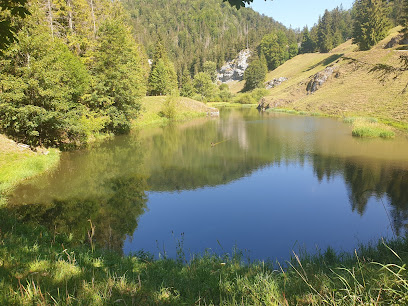
Dobšinská Ice Cave
Explore the breathtaking Dobšinská Ice Cave, a UNESCO World Heritage site in Slovakia, where stunning ice formations create a captivating natural spectacle.
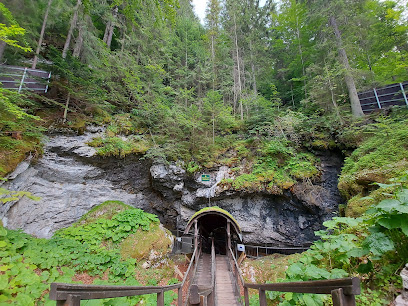
Slovak Karst
Explore the stunning limestone landscapes and rich biodiversity of Slovak Karst National Park, a must-visit for nature lovers in Slovakia.
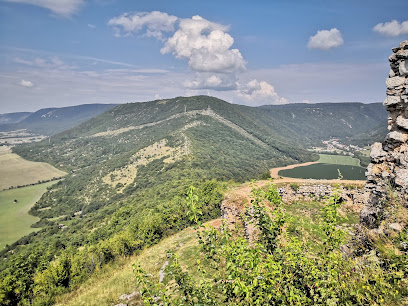
Ochtinská Aragonite Cave
Explore the Ochtinská Aragonite Cave, a natural wonder in Slovakia, filled with breathtaking formations and rich geological history.
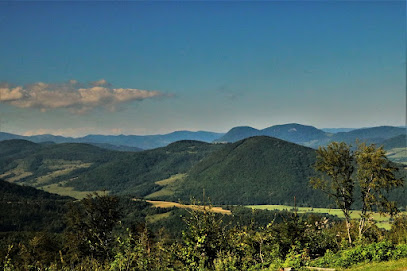
The Silent Valley
Explore the serene beauty of The Silent Valley, a nature preserve in Slovakia offering breathtaking landscapes and peaceful hiking trails.
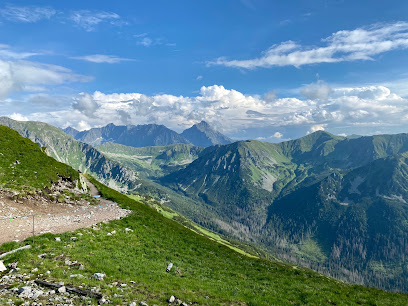
Náučný chodník Stratenský kaňon
Explore the breathtaking beauty of Náučný chodník Stratenský kaňon, a stunning hiking trail showcasing Slovakia's natural wonders and rich biodiversity.
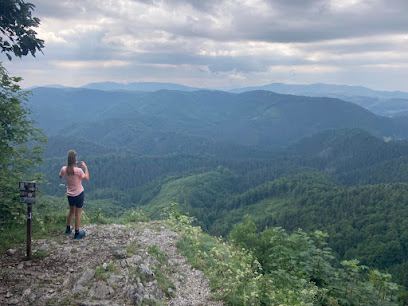
Slavošovský tunel
Explore the stunning Slavošovský Tunnel, a breathtaking hiking area in Slovakia rich in history and natural beauty, perfect for nature enthusiasts.
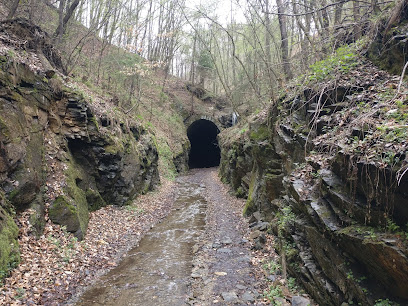
Sysľovisko.sk
Explore Sysľovisko in Muráň, a captivating tourist attraction known for its unique wildlife and stunning natural beauty, perfect for families and nature lovers.
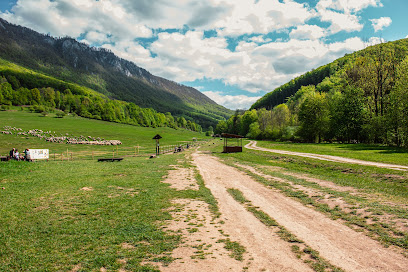
Prameň Hrona
Experience the tranquil beauty of Prameň Hrona, a breathtaking natural spring in Slovakia surrounded by stunning landscapes.
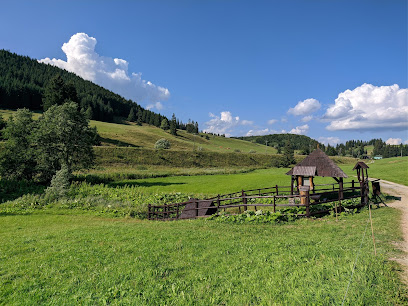
Slavošovsky tunnel
Explore the Slavošovsky Tunnel, a historical marvel in Slovakia that offers a unique glimpse into the region's engineering heritage and natural beauty.
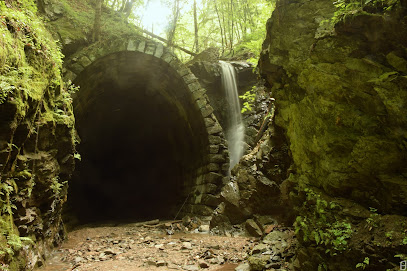
Tatra National Park
Experience the breathtaking beauty and adventure of Tatra National Park, a national treasure in Slovakia with stunning landscapes and diverse wildlife.
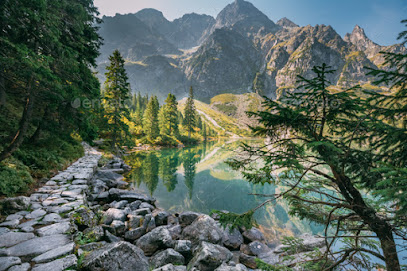
Koprášsky (Mníšanský) viadukt
Explore the breathtaking Koprášsky Viaduct, a stunning hiking area in Slovakia offering breathtaking views and rich historical significance.
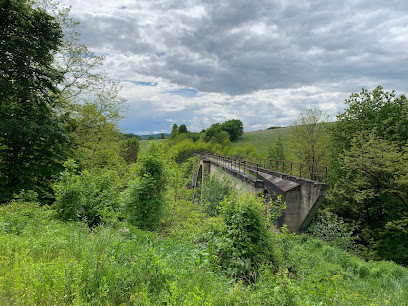
Vysoká pec Sirk - Červeňany
Explore the historical charm of Vysoká pec Sirk in Červenany, a must-visit landmark showcasing Slovakia's industrial heritage amidst stunning nature.
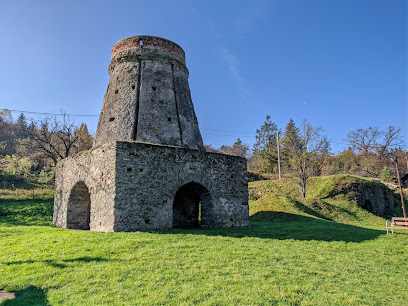
Čertov viadukt
Discover the Čertov Viadukt, a stunning historical landmark in Tisovec, where engineering meets breathtaking natural beauty for an unforgettable experience.
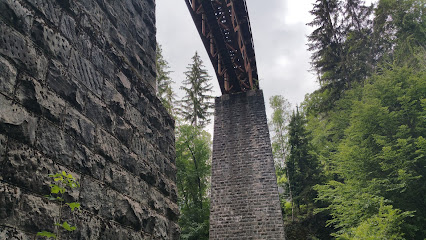
Chamkova stodola
Experience the authentic Slovak culture and breathtaking views at Chamkova Stodola, a charming attraction in Šumiac.
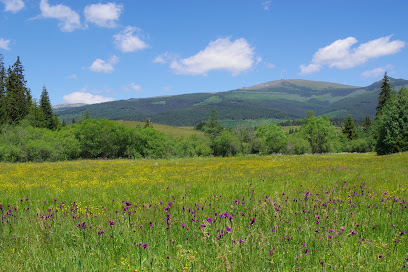
Essential places to dine
Salaš Zbojská - Zbojnícky dvor
Experience authentic modern European cuisine in the heart of Slovakia at Salaš Zbojská - Zbojnícky dvor, where tradition meets flavor.

Dobré časy
Discover the lively atmosphere of Dobré časy in Poprad - A perfect blend of delicious burgers and craft beers awaits you!
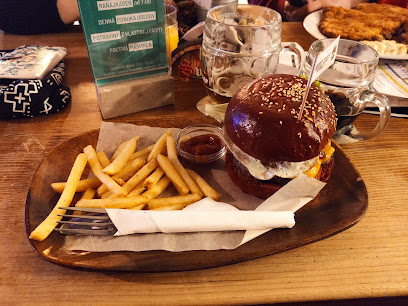
Starý Šmakovec restaurant
Experience authentic Slovak cuisine at Starý Šmakovec—where traditional flavors meet stunning mountain scenery.

Restart Burger
Experience gourmet burgers and vibrant nightlife at Restart Burger in Poprad-Spišská Sobota—where every meal is a celebration.
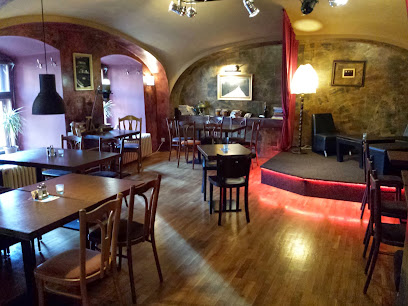
Penzion a Restaurant Koliba
Discover traditional Slovak cuisine amidst stunning landscapes at Penzion a Restaurant Koliba in Vysoké Tatry.
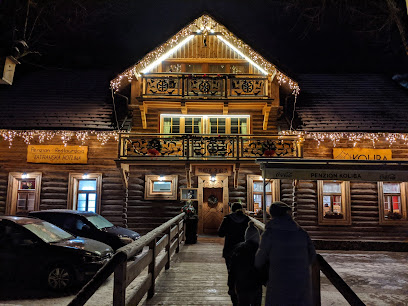
PENSION GRAJCIAR
Experience authentic Slovak cuisine and warm hospitality at Pension Grajciar in Lučatín – where every meal tells a story.
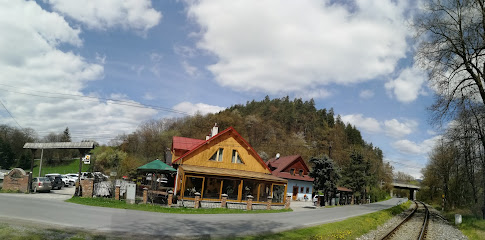
Koliba Patria
Discover Koliba Patria: A culinary haven offering authentic Slovakian dishes amidst the breathtaking beauty of Vysoké Tatry.
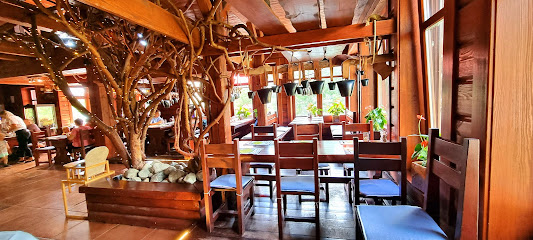
Ranch under Ostrá Skala
Discover authentic Slovak cuisine amidst breathtaking landscapes at Ranch under Ostrá Skala – your perfect getaway in Stratená.
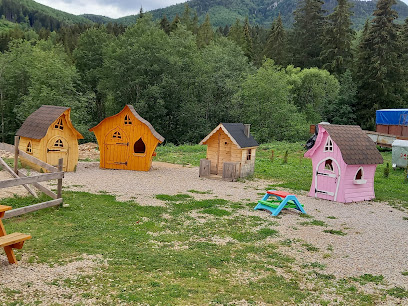
Manuel Caffé & Bistro Italiano
Experience authentic Italian cuisine amidst stunning mountain scenery at Manuel Caffé & Bistro Italiano in Vysoké Tatry.

Chalet Kriváň
Discover authentic Slovakian cuisine at Chalet Kriváň, where tradition meets flavor in a cozy mountain setting.
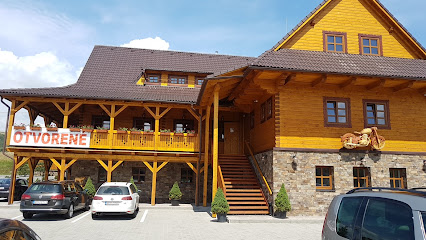
Reštaurácia U Hudáka
Discover traditional Slovakian cuisine in a cozy atmosphere at Reštaurácia U Hudáka in Hrabušice.
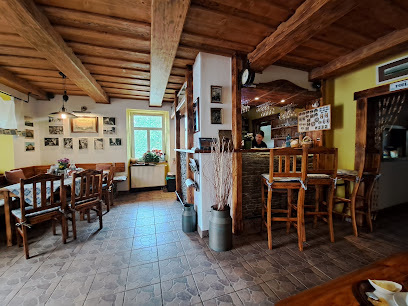
Nostalgie, Restaurant- Café
Discover Nostalgie Restaurant-Café in Spišská Nová Ves: A perfect blend of local flavors and warm hospitality awaits you.
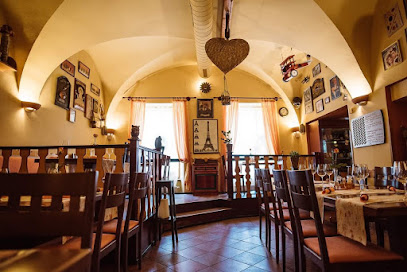
PREZO Restaurant
Discover the essence of Slovakian cuisine at PREZO Restaurant in Poprad – where tradition meets modern culinary excellence.
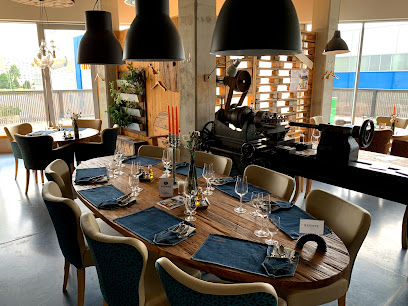
Dedečkova chata
Experience authentic Slovak cuisine amidst stunning natural landscapes at Dedečkova Chata in Mýto pod Ďumbierom.

Chata pod Kráľovou Hoľou
Discover authentic Slovak cuisine at Chata pod Kráľovou Hoľou, where stunning mountain views meet warm hospitality.
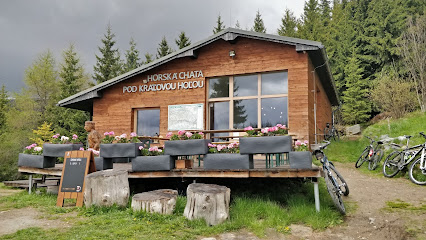
Markets, malls and hidden boutiques
Aupark Bratislava
Discover Aupark Bratislava: a vibrant shopping mall filled with shops, dining, and entertainment for an unforgettable experience in Slovakia.
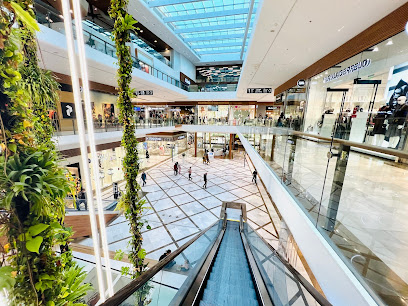
Eurovea
Discover Eurovea, Bratislava's premier shopping mall, offering an array of shops, dining options, and stunning river views for an unforgettable experience.

AVION Shopping Park Bratislava
Discover a world of shopping, dining, and entertainment at AVION Shopping Park in Bratislava, where every visit offers something new and exciting.
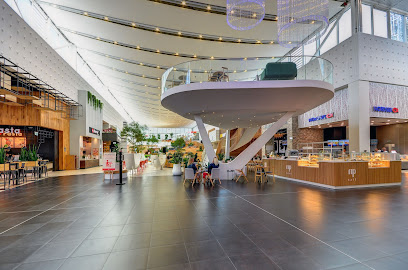
Aupark Košice
Discover the vibrant shopping experience at Aupark Košice, where fashion, dining, and entertainment come together in a modern setting.
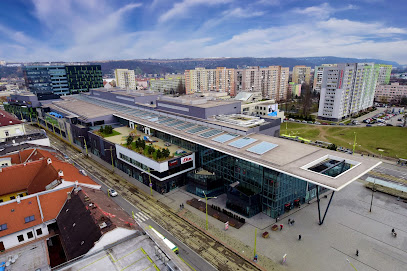
OC Optima
Experience the vibrant shopping scene at OC Optima in Košice, where fashion meets fun and dining delights await.

Europa SC
Discover a premier shopping destination in Banská Bystrica with diverse stores, dining options, and entertainment at Europa SC.
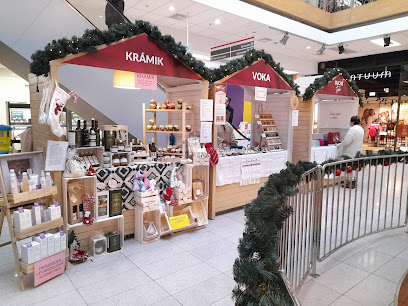
Shopping Centrum Nicolaus TATRASPOL SLOVAKIA, s.r.o.
Explore the vibrant Shopping Centrum Nicolaus in Liptovský Mikuláš, where shopping meets local culture and culinary delights await.
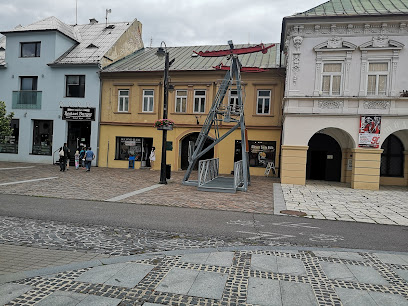
Authentic Slovak Shop - Autentyczny Sklep Słowacki
Explore the Authentic Slovak Shop for a unique taste of traditional Slovak cuisine and handcrafted souvenirs in the heart of Łysa Polana.

COOP Jednota
Experience authentic Slovak culture at COOP Jednota, a grocery store in Pohronská Polhora offering fresh local produce and culinary delights.
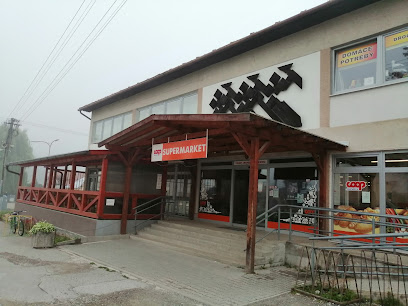
Potraviny FRESH Horehronie
Explore Potraviny FRESH Horehronie, your go-to gourmet grocery store in Michalová for authentic Slovak delicacies and fresh local produce.
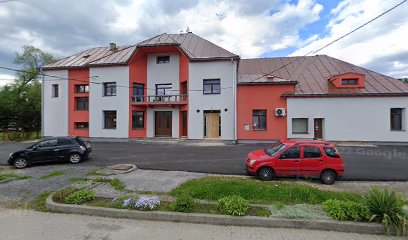
Bezpečné liehoviny MAXXL Diskont
Explore Bezpečné liehoviny MAXXL Diskont in Dobšiná for a remarkable selection of local and international spirits at great prices.

Večierka Jahoda
Explore authentic Slovak flavors at Večierka Jahoda in Lubeník, your local grocery store for unique products and culinary treasures.
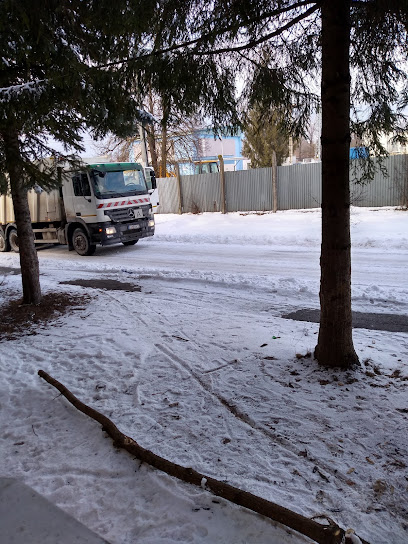
Slovak gift and souvenirs
Explore authentic Slovakian crafts and unique souvenirs in the heart of Bratislava, perfect for capturing memories of your visit.
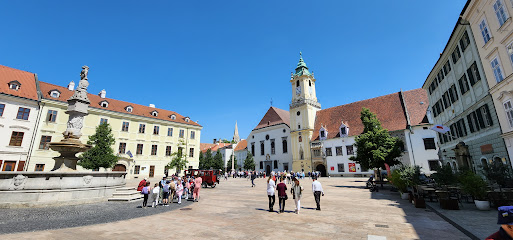
Potraviny DOVAJ
Discover local flavors at Potraviny DOVAJ, your go-to grocery store in Slavošovce for fresh produce and regional delicacies.

Nábytok Goliáš s.r.o
Discover exceptional furniture and Slovak craftsmanship at Nábytok Goliáš s.r.o, a premier furniture store in Revúca.
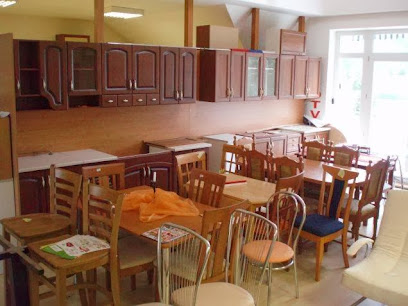
Essential bars & hidden hideouts
Dobšiná REDUTA
Discover the vibrant atmosphere of Dobšiná REDUTA, a charming bar offering a taste of local culture and refreshing beverages in beautiful Dobšiná.
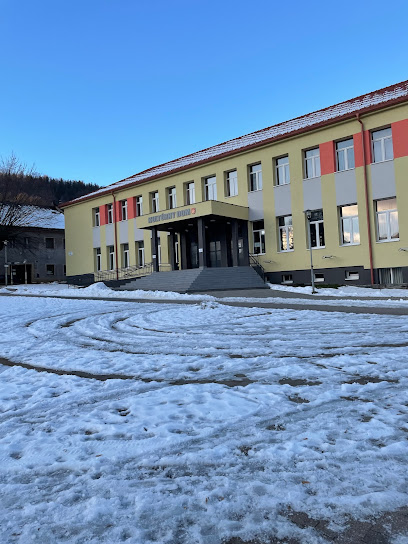
Valhalla Pub
Experience the vibrant atmosphere of Valhalla Pub in Revúca, where local culture meets a cozy ambiance and great drinks.
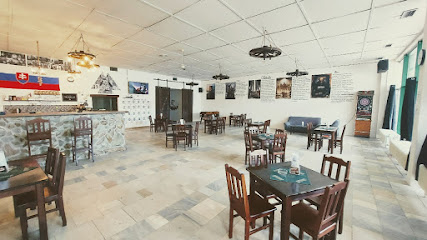
Hostinec MAJA
Discover the welcoming atmosphere of Hostinec MAJA in Slavošovce, a bar offering affordable drinks and a taste of local culture.
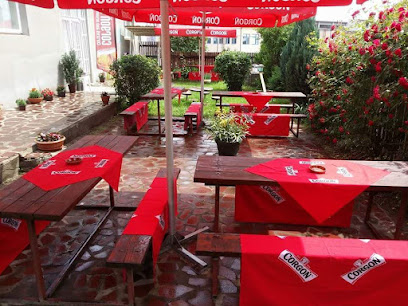
Pohoda Pub
Discover Slovak hospitality at Pohoda Pub in Jelšava, where local drinks and friendly vibes create an unforgettable experience.
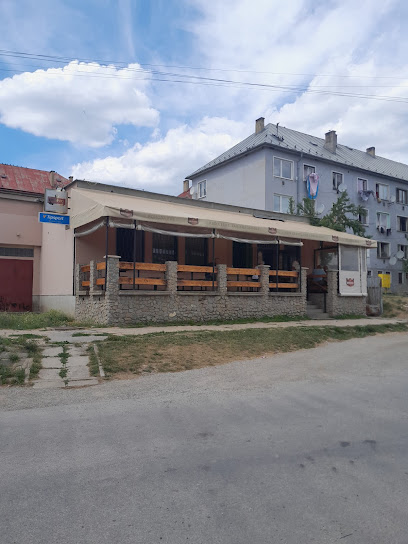
Hostinec pod Stolicou
Experience the essence of Slovakian culture at Hostinec pod Stolicou, a cozy bar in Rejdová offering local drinks and a welcoming atmosphere.
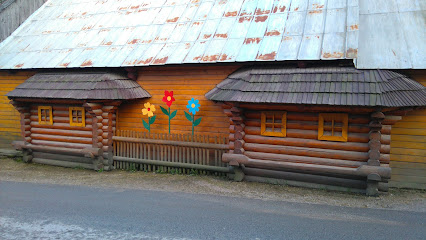
Krčma pri Mlňe
Discover the heart of Slovak culture at Krčma pri Mlňe, where delicious local cuisine meets warm hospitality in the charming village of Pohorelá.
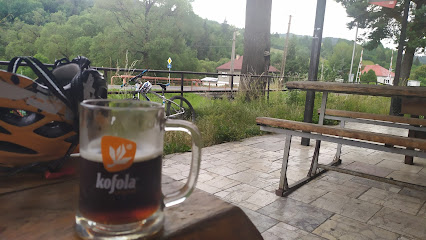
Hostinec Vlachovo
Discover the heart of Slovak hospitality at Hostinec Vlachovo, a cozy bar offering local brews and a welcoming atmosphere.
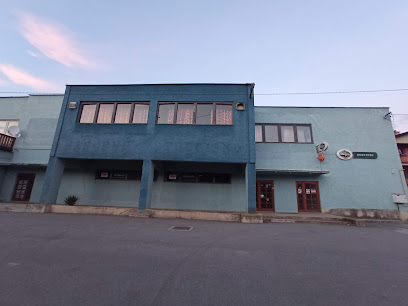
MarVin - Martin Lipták
Experience the charm of MarVin, a cozy bar and cafe in Dobšiná, Slovakia, perfect for refreshments and relaxation after exploring the stunning surroundings.
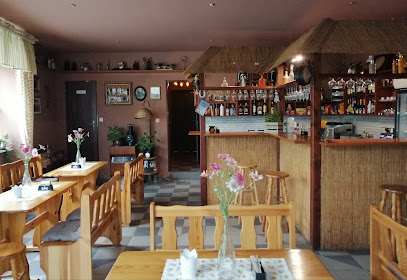
Bistro Eso
Experience the charm of Bistro Eso in Lubeník, a cozy pub offering local brews and traditional Slovak cuisine in a welcoming atmosphere.
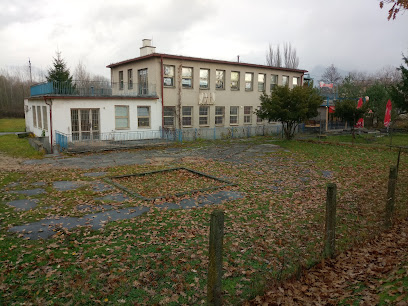
Krčma Sirk
Experience authentic Slovak hospitality and traditional cuisine at Krčma Sirk, a cozy pub in the charming village of Sirk.
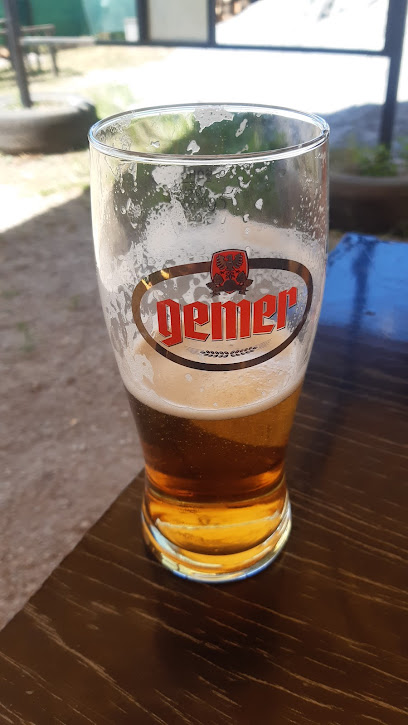
Hostinec Veronika
Discover authentic Slovakian flavors and a warm atmosphere at Hostinec Veronika, a quaint pub in Nižná Slaná-Nižnoslanská Baňa.
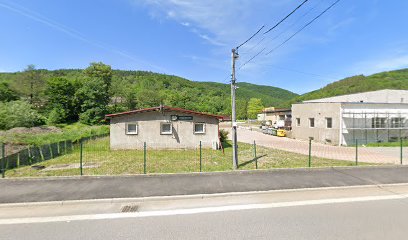
Hostinec Chválenkovo
Experience authentic Slovak cuisine and local hospitality at Hostinec Chválenkovo in Muránska Dlhá Lúka, a must-visit pub in the heart of nature.
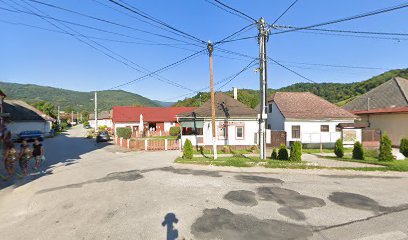
Gošovská kersma
Discover the essence of Slovak culture at Gošovská Kersma, a charming pub in Gočovo, offering local brews and traditional dishes in a cozy atmosphere.
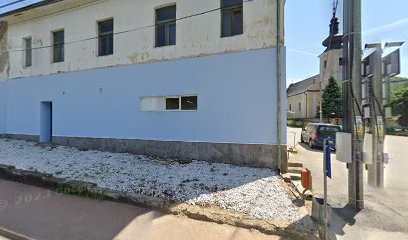
Hostinec Koruna
Discover the warm hospitality and local flavors at Hostinec Koruna, a charming bar in Jelšava, Slovakia.
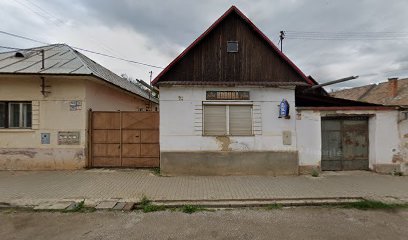
Hostinec Varša
Discover Hostinec Varša in Šumiac, where local culture meets cozy ambiance, offering a delightful selection of traditional Slovak beverages.
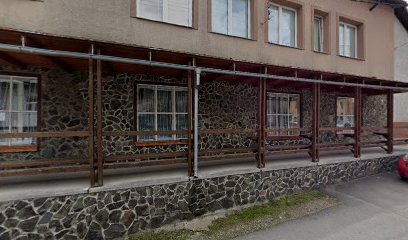
Local Phrases about Slovak Ore Mountains
-
- HelloAhoj
[ahoy] - GoodbyeZbohom
[zbo-hom] - YesÁno
[ah-no] - NoNie
[nie] - Please/You're welcomeProsím
[pro-seem] - Thank youĎakujem
[dya-koo-yem] - Excuse me/SorryPrepáčte
[preh-pahch-te] - How are you?Ako sa máš?
[ah-ko sa mash] - Fine. And you?Dobre. A ty?
[dob-re. ah tee] - Do you speak English?Hovoríte po anglicky?
[ho-vo-ree-te po ang-lick-y] - I don't understandNerozumiem
[ne-ro-zoo-mee-em]
- HelloAhoj
-
- I'd like to see the menu, pleaseChcel by som vidieť menu, prosím
[kh-tsel bi som vee-dyeht meh-noo, pro-seem] - I don't eat meatNejem mäso
[neh-yem mah-so] - Cheers!Na zdravie!
[nah zdrah-vee-eh] - I would like to pay, pleaseChcel by som zaplatiť, prosím
[kh-tsel bi som zah-pla-teet, pro-seem]
- I'd like to see the menu, pleaseChcel by som vidieť menu, prosím
-
- Help!Pomoc!
[poh-mohts] - Go away!Choď preč!
[khojd prech] - Call the Police!Volaj políciu!
[vo-lai po-lee-tsyoo] - Call a doctor!Volajte lekára!
[vo-lai-te leh-kah-rah] - I'm lostStratil som sa
[strah-teel som sa] - I'm illSom chorý
[som khor-y]
- Help!Pomoc!
-
- I'd like to buy...Chcel by som kúpiť...
[kh-tsel bi som koo-peet] - I'm just lookingIba sa pozerám
[ee-ba sa po-zeh-rahm] - How much is it?Koľko to stojí?
[kol-ko toh stoh-yee] - That's too expensiveTo je príliš drahé
[toh yeh pree-leesh drah-heh] - Can you lower the price?Viete znížiť cenu?
[vyeh-te znee-zheet tseh-noo]
- I'd like to buy...Chcel by som kúpiť...
-
- What time is it?Koľko je hodín?
[kol-ko yeh hoh-deen] - It's one o'clockJe jedna hodina
[yeh yeh-dnah hoh-dee-nah] - Half past (10)Je pol desiatej
[yeh pohl des-yah-tey] - MorningRáno
[rah-noh] - AfternoonPopoludní
[poh-poh-loo-dnee] - EveningVečer
[veh-chehr] - YesterdayVčera
[vcheh-rah] - TodayDnes
[dnes] - TomorrowZajtra
[zai-trah] - 1Jeden
[yeh-dehn] - 2Dva
[dva] - 3Tri
[tree] - 4Štyri
[shty-ree] - 5Päť
[pyat] - 6Šesť
[shest] - 7Sedem
[seh-dem] - 8Osem
[oh-sem] - 9Deviat
[deh-vee-at] - 10Desať
[deh-saht]
- What time is it?Koľko je hodín?
-
- Where's a/the...?Kde je...
[kde yeh] - What's the address?Aká je adresa?
[ah-kah yeh ah-dre-sah] - Can you show me (on the map)?Môžete mi to ukázať (na mape)?
[moh-zheh-te mee toh oo-kah-zaht (nah mah-peh)] - When's the next (bus)?Kedy je ďalší (autobus)?
[keh-dee yeh jahl-shee (ow-toh-boos)] - A ticket (to ....)Jedno lístok (do ....)
[yehd-no lees-tohk (doh)]
- Where's a/the...?Kde je...
History of Slovak Ore Mountains
-
The Slovak Ore Mountains, known locally as Slovenské rudohorie, have been inhabited since prehistoric times. Archaeological evidence suggests that early settlers were attracted to the region by its rich deposits of minerals and ores. These ancient communities laid the groundwork for later mining activities that would define the region’s economic and cultural landscape.
-
The Middle Ages saw a significant boom in mining activities in the Slovak Ore Mountains. The discovery of rich deposits of silver, copper, and gold led to the establishment of numerous mining towns. Notably, the town of Banská Bystrica became a major hub for copper production, which was highly sought after across Europe. This period marked the height of economic prosperity for the region.
-
The 16th century brought turmoil to the Slovak Ore Mountains as the region faced repeated invasions by the Ottoman Turks. These invasions disrupted mining activities and led to the construction of fortifications and castles, such as the Krásna Hôrka Castle, to protect the local populace and their valuable resources. The resilience of the local communities during this period is a testament to their determination to safeguard their heritage.
-
Under the Habsburg Monarchy, the Slovak Ore Mountains saw significant advancements in mining technology and infrastructure. The 18th and 19th centuries were marked by the introduction of steam engines and other mechanized equipment, which revolutionized mining operations. This era also saw the establishment of mining academies, such as the one in Banská Štiavnica, which became a center of excellence in mining education and research.
-
The two World Wars had a profound impact on the Slovak Ore Mountains. During World War I, the demand for metal resources soared, leading to intensified mining activities. However, World War II brought destruction and hardship to the region. Many mines were repurposed for military use, and the local populace faced significant challenges. Despite these adversities, the region's mining industry remained a cornerstone of its economy.
-
Following World War II, the Slovak Ore Mountains experienced a period of resurgence. The nationalization of mines and the introduction of new technologies led to a revitalization of the mining industry. In recent decades, the region has shifted focus towards tourism and heritage conservation. The rich history and cultural significance of the Slovak Ore Mountains continue to attract visitors from around the world, eager to explore its storied past and natural beauty.
Slovak Ore Mountains Essentials
-
The Slovak Ore Mountains are located in central Slovakia. The nearest major international airport is in Bratislava, approximately 250 kilometers away. From Bratislava, you can take a train or bus to the nearby towns of Banská Bystrica or Brezno, which are good starting points for exploring the mountains. The train journey takes roughly 3 to 4 hours, while the bus ride is about the same duration. Car rentals are also available at the airport for those who prefer to drive.
-
Within the Slovak Ore Mountains, transportation options include local buses, taxis, and rental cars. Buses connect most of the towns and villages, and they are a cost-effective option for getting around. Taxis are also readily available but more expensive. Renting a car provides the most flexibility, especially if you plan to explore more remote areas. For nature enthusiasts, many hiking and biking trails are well-marked and maintained.
-
The official currency in Slovakia is the Euro (EUR). Credit and debit cards are widely accepted in hotels, restaurants, and shops in larger towns. However, it is advisable to carry some cash, especially if you plan to visit smaller villages or rural areas where card payments may not be possible. ATMs are available in most towns, so withdrawing cash should not be an issue.
-
The Slovak Ore Mountains are generally a safe destination for tourists. Petty crime, such as pickpocketing, can occur in crowded areas, so it's wise to keep an eye on your belongings. Avoid walking alone at night in unfamiliar areas. There are no specific high-crime areas targeting tourists, but always remain vigilant and aware of your surroundings.
-
In case of an emergency, dial 112 for immediate assistance, which connects you to police, fire, and medical services. Hospitals and medical facilities are available in larger towns such as Banská Bystrica. It is highly recommended to have travel insurance that covers medical emergencies. Pharmacies can be found in most towns for minor health issues and over-the-counter medications.
-
Fashion: Do dress in layers and wear comfortable, sturdy footwear, especially if you plan to hike. Avoid overly casual or revealing clothing when visiting religious sites. Religion: Do respect local customs and traditions. When visiting churches or religious sites, dress modestly and speak softly. Public Transport: Do be respectful to other passengers and offer your seat to the elderly. Don't eat or drink on public transport. Greetings: Do greet people with a firm handshake, and it's customary to say 'Dobrý deň' (Good day). Eating & Drinking: Do try local dishes and be open to culinary experiences. Don’t refuse food or drink offered by locals, as it can be considered impolite.
-
To experience the Slovak Ore Mountains like a local, visit the regional markets where you can buy fresh produce and handmade crafts. Engage with locals; they are often friendly and willing to share information about the area's history and culture. Don’t miss visiting the mining museums and local breweries. For a unique experience, consider taking a guided tour to explore the historical mining sites and beautiful natural landscapes.
Nearby Cities to Slovak Ore Mountains
-
Things To Do in Zakopane
-
Things To Do in Košice
-
Things To Do in Prešov
-
Things To Do in Salgotarjan
-
Things To Do in Banská Bystrica
-
Things To Do in Miskolc
-
Things To Do in Eger
-
Things To Do in Martin
-
Things To Do in Žilina
-
Things To Do in Vac
-
Things To Do in Nyiregyhaza
-
Things To Do in Bielsko-Biala
-
Things To Do in Krakow
-
Things To Do in Tarnow
-
Things To Do in Uzhhorod

